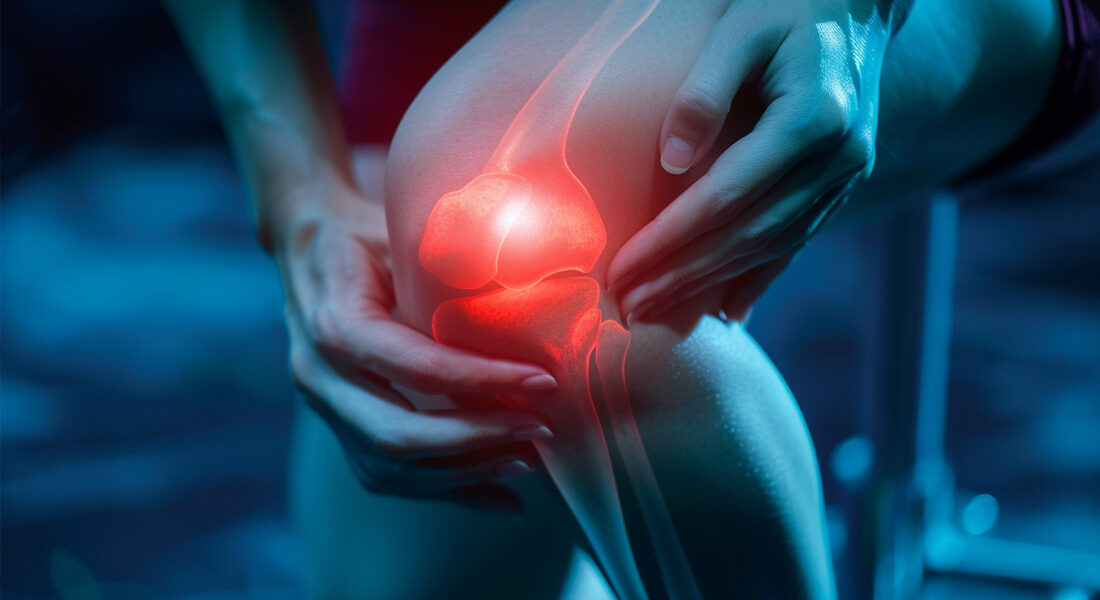Blog Outline
Yes, plantar fasciitis can cause knee pain—especially when it goes untreated. While the condition itself affects the bottom of the foot, the body works as a connected system. When foot mechanics are off, the impact travels upward, putting additional strain on the ankle, knee, hip, and even lower back. Understanding this connection can help you address the real root of the problem and avoid treating just the symptoms.
What Is Plantar Fasciitis?
Plantar fasciitis is one of the most common causes of heel pain. It occurs when the plantar fascia—a thick band of tissue that connects your heel bone to your toes—becomes irritated or inflamed, typically due to overuse, poor footwear, or biomechanical issues.
Symptoms include:
-
Sharp heel pain (especially first thing in the morning)
-
Aching in the arch of the foot
-
Pain that increases after standing or walking for long periods
How Plantar Fasciitis Can Lead to Knee Pain
When walking becomes painful, people naturally adjust their gait (walking pattern) to reduce discomfort. This compensation—shifting weight to one side, walking on the toes, or altering foot strike—can create a ripple effect throughout the leg.
Here’s how it can affect the knee:
-
Misalignment: Improper foot positioning causes knee misalignment, leading to strain on the joint.
-
Uneven Weight Distribution: Overloading one leg more than the other can result in muscle imbalances that stress the knee.
-
Tightness in the Chain: Plantar fasciitis can cause tight calves and hamstrings, which can reduce knee mobility and stability.
This kind of referred or secondary knee pain is especially common in athletes, runners, and people who spend long hours on their feet.
How to Know If Your Knee Pain Is Linked to Plantar Fasciitis
You may be dealing with plantar fasciitis–related knee pain if:
-
You experience foot pain before or alongside the knee pain
-
The knee pain is worse after long periods of standing or walking
-
You favor one leg due to foot discomfort
-
Your pain is accompanied by stiffness or tightness in the calves or hamstrings
A full evaluation by a medical professional is the best way to determine the actual cause and develop a comprehensive treatment plan.
What to Do About It
Taping your foot or icing your knee might offer temporary relief, but to stop the cycle of pain, you need to correct the root issue—your foot mechanics.
Effective treatment strategies may include:
-
Shockwave therapy to target the inflamed tissue and promote healing
- Stretching and strengthening of the foot, achilles, calf, and hip muscles, often lead by a physical therapist
- Gait analysis and retraining to correct walking patterns
- Custom orthotics or footwear changes to correct biomechanical imbalances
-
Platelet-Rich Plasma (PRP) injections in chronic cases
Treat the Cause, Not Just the Pain
If you’re experiencing knee pain and suspect plantar fasciitis could be the source, you’re likely right. The body is a kinetic chain, and a breakdown at the foot often leads to problems further up.
At CORE Sports Medicine & Lifestyle Medicine, we specialize in diagnosing and treating conditions like plantar fasciitis using a whole-body, functional approach. Our advanced treatments, including shockwave therapy, PRP, and customized recovery plans, are designed to treat the root cause—not just cover up the pain.
Schedule a consultation today and let us help you move better, feel better, and get back to doing what you love.






Leave a Reply